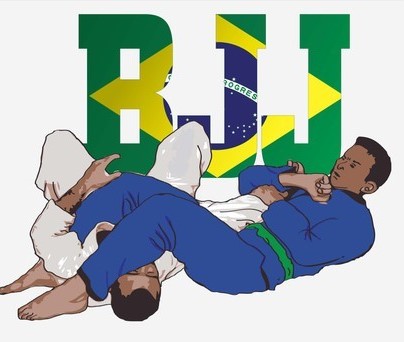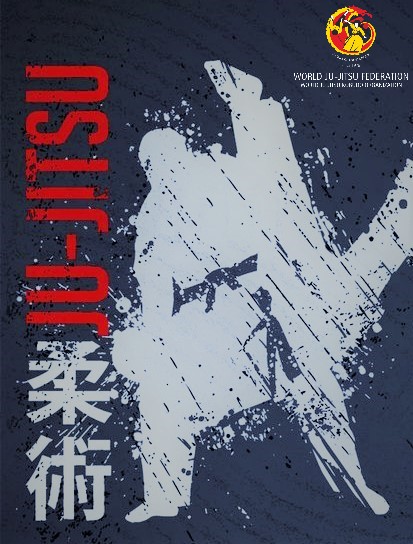7 TIPS FROM ROGER GRACIE TO IMPROVE YOUR JIU JITSU
Throughout his many years of practicing and competing Jiu-Jitsu, ten-time world champion Roger Gracie has gathered a vast knowledge of the gentle art and the steps necessary to evolve in the sport. In an interview with our friends at Graciemag.com, Roger shared seven tips to improve your technique and maximize your effectiveness on the mats. Check them out!

1 – Keep Calm
‘Whenever someone is surprised by my calmness, I like to say that’ losing control is losing the fight ‘. If a fighter is under attack and decides to fight without much thought, he will just move in favor of adjusting position. The good fighter must be patient. If you struggle, you will lose oxygen faster and make hasty decisions. Starting to swim without thinking can send a castaway even further to the bottom. However, if he is calm, he can emerge easily. ‘
2 – Be Creative
‘Keep an open mind and let your creativity and adaptability flow. I switched armlock from guard when a white belt clamped my kimono awkwardly and I felt uncomfortable. I saw there was a way there and developed an innovation. ‘
3 – Believe in your ability
‘Many fighters are already defeated before the fight even starts. It’s a mental issue … I don’t want to sound arrogant, but you need to tell yourself that you will win and that you can accomplish this feat. The fighter needs to be convinced of his ability. The competitive world at the highest level does not tolerate doubt, so trust your potential. ‘
4 – Use your weight:
‘Although it seems obvious, few people do what is necessary: use their weight to crush the opponent. When I’m on top, regardless of which pass I want to use, I’m always using my body and pushing myself over the opponent, distributing my weight to never convey the feeling of lightness to the opponent.
There is nothing complex or special about my passes, except that I am constantly calculating and recalculating my position in order not to give way to the opponent.
The logic is this: whoever is at the back needs space to move and thus seek replacement, sweep, or finish. If you give space and throw your weight back, the opponent will be free to move. Now, if you project your body at him, the guard fighter will have to absorb your weight, so he will not move efficiently. ‘
5 – Increase the difficulty of your training
‘It is necessary to put yourself in really dangerous situations during training. If you train against an ineffective attack, your defense will also be ineffective. And vice versa.’
6 – It is not about strength
‘What I often see nowadays are fighters who invest a lot in muscular strength and with it they can get rid of some attacks based on explosive force. It turns out that if they get tired, they will be forced to tap.
This also creates another problem. When the subject gets addicted to escaping from a position with force and wants to get rid of it somehow, he doesn’t learn to think about the mechanism of the movement.
The trick is to understand the why of things. Know why the choke is putting pressure or not. This makes it easier for you to position yourself, look for the opponent’s lever that provides the main support for the attack and disarm it. ‘
7 – Prioritize Jiu-Jitsu
‘To be physically prepared to fight Jiu-Jitsu, train Jiu-Jitsu as much as possible. Other activities can help, but they can also hinder. If you train a lot with weights, you can get stiff, and Jiu-Jitsu requires mobility and flexibility.
You can run as much as you want, but this will not be as effective as training several sessions with short breaks between sparring to get your body used to the toughness of competition. If you want to have a strong kimono grip, working out is not the main thing. It is better to train and put in as much effort as possible so that you are not broken by your teammates during training. ‘








